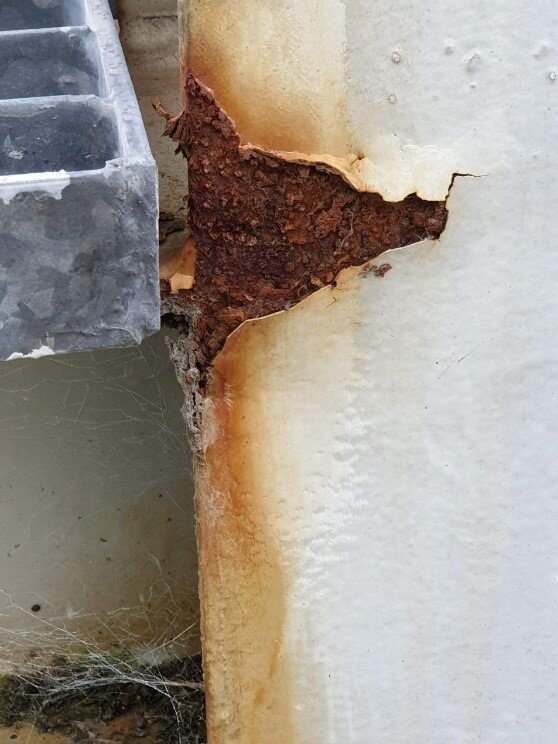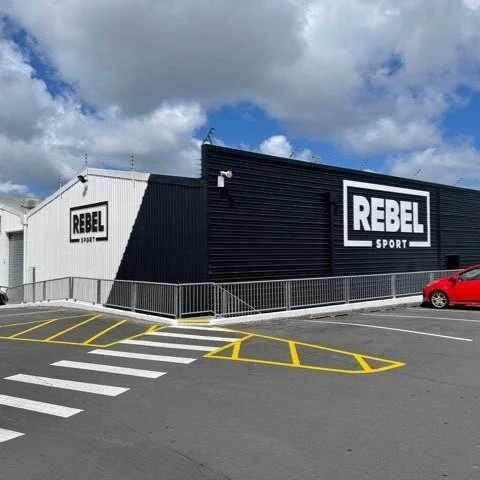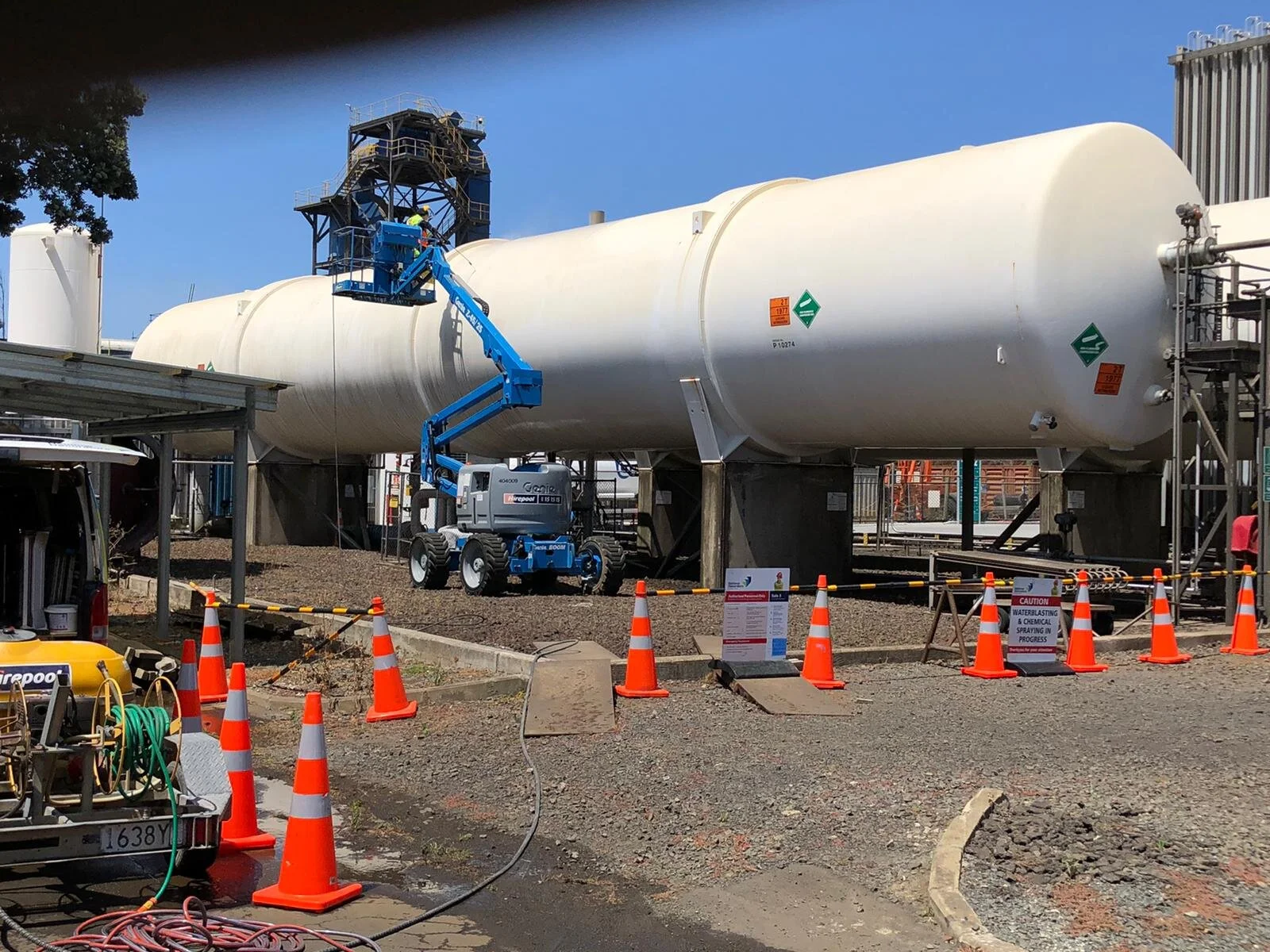5 Types of Corrosion and how they affect Structural Steel (+how to deal with them)
5 Types of Corrosion and how they affect Structural Steel (+how to deal with them)
Steel is one of the most durable metals available for use today and is used across a huge range of structures on industrial sites. However, steel is expensive and susceptible to basic corrosive elements that reduce its life. Here are a few corrosion types and things to consider to ensure your structure remains sound for decades to come:
Galvanic Corrosion
1. Galvanic Corrosion- this is caused by two dissimilar metals connecting. An example may be a stainless bolt going through a steel beam. The two metals are obviously different, and the least noble of them (most corrosive) lasts ok while and the more noble metal corrodes. This is often the most serious type of corrosion and the structure can deteriorate very rapidly.
What to do about it? Small localised areas can typically be taken back to bare steel with a combination of power tools and cleaning or sandblasted back to clean metal and treated prior to recoating. However, extensive galvanic corrosion of structural elements will often require and engineer to assess the structural integrity and put forward a better design to prevent reoccurrence.
Localised Corrosion
2. Localised Corrosion may occur anywhere on a steel surface, and generally with no obvious cause. Examples of the causes of localized corrosion are scratches in paintwork (from another machine for instance), or where modifications have been made to the structure without correct recoating procedures.
What to do about it? Localised corrosion can often be fixed by cleaning and taking back to bare steel, having a zinc infused coating applied and being recoated. Being so small they are deceptive though, and often pass muster when they shouldn’t, often leading to more serious damage. Any corrosion should be exposed and removed before it becomes something more serious.
General Corrosion
3. General Corrosion is uniform loss of material over a surface. Whilst it looks in poor condition most often it isn't affecting the structural component of the steel. The larger the rusty area the better the condition of the steel typically.
These areas are mostly simple to fix and often don’t require sandblasting and can fixed in good time before it can become something more serious. Methods like wire wheels or grinding combined with a clean and fresh coat are a simple fix that with extend the lifespan of your structure.
Pitting Corrosion
4. Pitting Corrosion this is small corrosion craters in the steel where corrosion has been active for some time already. It’s often seen on exposed pipework and unprotected steel structures. The pitting can be almost unnoticeable on the surface but in fact can fully penetrate a steel flange of metal with a relatively small amount of metal loss, meaning the structural integrity could be lost with only a small amount of visual damage.
This can be preserved with coating, but often as the pitting gets too deep and creates holes in the steel, this will need to be replaced to an engineer’s specification to bring the structural integrity back up to standard. The extent of this will often only be found once works have exposed the damage under a coating. Don’t let it get this bad!
Crevice Corrosion
5.Crevice Corrosion occurs on a metal surface that is shielded from full exposure to the environment because of the close proximity of another material that forms a narrow gap between them.
Steel beams that are joined need to be monitored, usually crevice corrosion can be minimised with wax sealers or similar. This can be difficult because often the structure cannot be dismantled to clean these properly and as the image shows it can often be combined with galvanic corrosion. Regular maintenance will still increase the life of the structure.
All of these can be prevented with a combination of design and maintenance, and the longevity of steel structures can be extended for many years through regular maintenance.
Protective coating systems represent the most common and extensively used corrosion protection. This forms a barrier between the environment and the metal beneath, this is where you may here the term barrier protection. This is the best and most effective form of protection from corrosion for steel structures because it isolates the metal from the environment, preserving the metal.
However, the protection afforded by protective coatings can be greatly influenced by:
Breaks in the protective coating film
The type of protective coating system
Protective coating thickness
The nature of the electrolyte
Presence of Mill and other scales.
Because of these factors, make sure your coatings applicator is experienced and has an extensive knowledge on the preparation and application of the right product when protecting your structure from further corrosion.
















